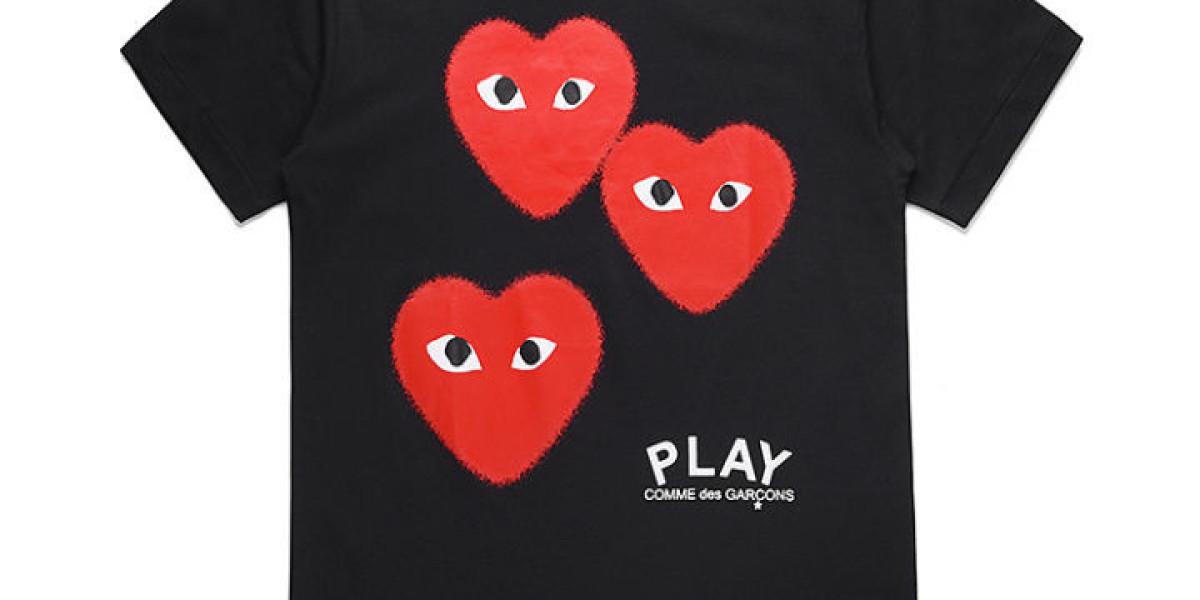Comme des Garçons, the brainchild of visionary designer Rei Kawakubo, has consistently pushed the boundaries of fashion since its inception in 1969. Known for its avant-garde approach and defiance of conventional aesthetics, Comme des Garçons (CDG) has become a staple in the wardrobes of those who dare to be different. In this article, we delve deep into the world of Comme des Garçons, exploring its history, key collections, and lasting impact on the fashion industry.
The Origins of Comme des Garçons
Comme des Garçons, which translates to "Like Boys" in French, was founded by Rei Kawakubo in Tokyo. Kawakubo, a former art student, had no formal training in fashion design, yet her unique perspective and unconventional designs quickly set her apart in the industry. The brand's name reflects its androgynous style and challenge to traditional gender norms, a theme that remains central to its ethos.
Rei Kawakubo: The Creative Force
Rei Kawakubo is renowned for her intellectual approach to fashion. Her designs often feature deconstruction, asymmetry, and an emphasis on form over function. Kawakubo's work is not just about clothing; it is about creating art that provokes thought and emotion. Her influence extends beyond Comme des Garçons to the wider fashion world, inspiring countless designers and artists.
Iconic Collections
Hiroshima Chic (1981)
The 1981 collection, often referred to as "Hiroshima Chic," marked Comme des Garçons' debut at Paris Fashion Week. The collection featured black, oversized garments with distressed and unfinished edges, challenging the polished and glamorous styles that dominated the fashion scene. This stark and somber aesthetic was a commentary on the impact of war and destruction, and it solidified CDG's reputation for creating provocative and thought-provoking fashion.
Body Meets Dress, Dress Meets Body (1997)
This collection, also known as the "Lumps and Bumps" collection, featured garments with padded lumps and bulges that distorted the natural shape of the body. It was a radical departure from traditional silhouettes and sparked conversations about beauty standards and the human form. The collection remains one of CDG's most memorable and influential works.
The Future of Silhouette (2017)
In 2017, Kawakubo became the second living designer to be honored with a solo exhibition at the Metropolitan Museum of Art's Costume Institute. The accompanying collection, "The Future of Silhouette," showcased Kawakubo's mastery of form and volume, with sculptural garments that blurred the lines between fashion and art. This collection reaffirmed CDG's status as a pioneer of avant-garde fashion.







